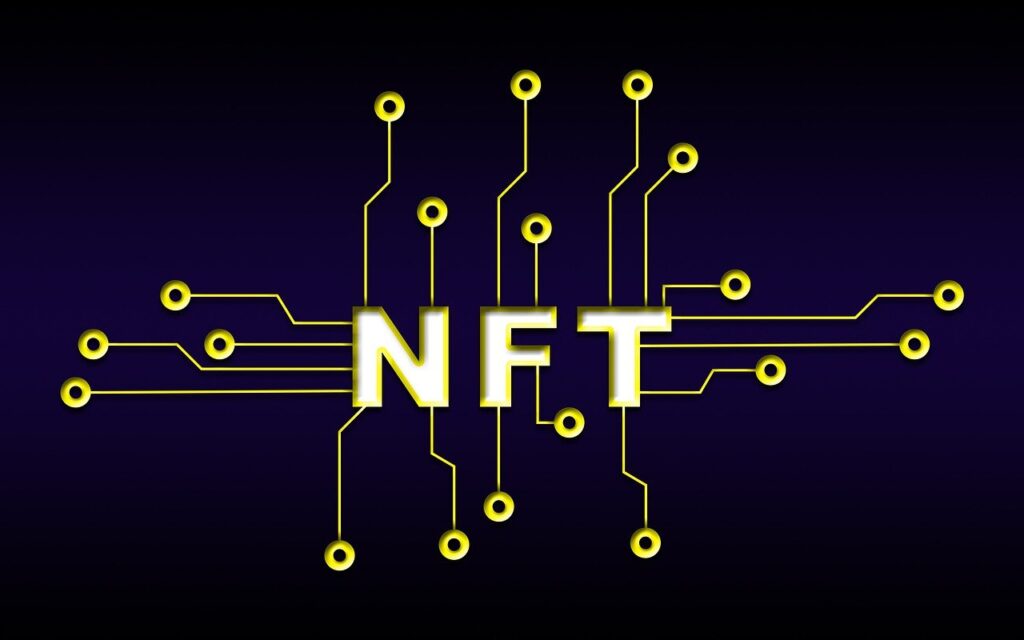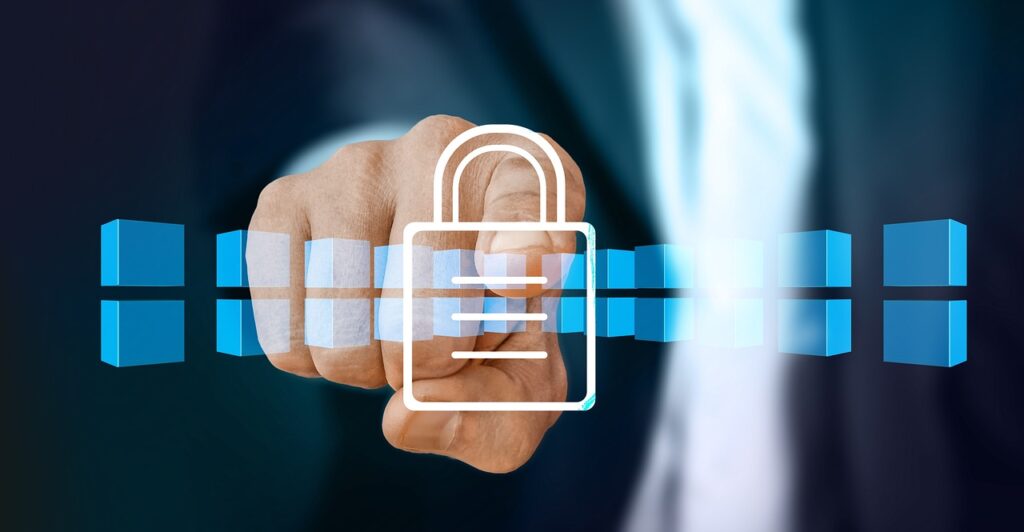Banking is now faster, smarter, and safer than ever in today’s digital age. However, with speed and intelligence comes the need for more robust safety protocols to protect users and institutions alike. KYC in banking is an example of a safety protocol you may have heard of before, but what is it and why is it so important? Let’s keep things simple and explain it human-to-human.
Table of Contents
- 1 Defining KYC in Banks: Full Form, Process & Benefits
- 2 Importance of KYC in Banking
- 3 KYC Types in Banking
- 4 The Stepwise Approach of KYC in Banking
- 5 Step 1: Names and Demographic Detail Submission
- 6 Step 2: Submission of Documents
- 7 Step 3: Confirmation
- 8 Step 4: Conducting Risk Analysis
- 9 Step 5: Ongoing Monitoring
- 10 Benefits of KYC for Customers and Banks
- 11 ØFor Customers:
- 12 ØFor Banks:
- 13 KYC Challenges and Criticism
- 14 Conclusion: What Does the Future of KYC in Banking Look Like?
Defining KYC in Banks: Full Form, Process & Benefits
KYC stands for “Know Your Customer”. In banking, KYC is a process that banks use to ascertain and verify the identity of their customers. It includes collecting certain documents and personal details to ensure that whoever is opening an account or operating one is, indeed, the person he or she claims to be.
So, if you take it as a perspective, before the bank delivers any financial services, it wants to make sure it is dealing with a registered person or company and not a fraudster, scammer, or perpetrator.
Importance of KYC in Banking
The foremost reason that KYC in banking exists is safety, for the bank as much as for you. Here’s why that matters:
- Prevents Identity Theft and Frauds: Criminals can more easily open accounts using stolen identities if no identification checks are conducted. KYC allows verification of every customer before services can be rendered.
- Stops Money Laundering: The banks may be an easy target for laundering illicit money. KYC thus tracks where the money is coming from and going to, making it hard for bad actors to hide from it.
- Ensures Regulatory Compliance: Governments and financial watchdogs all over the world require banks to undertake KYC procedures. In the absence of that, banks can face steep fines and may even lose their licenses.
- Fosters Trust between Banks and Customers: As-and-when banks know their customers, they can offer enhanced services to them and establish a safer banking environment for all.
KYC Types in Banking
There are a few different types of KYC based on verification method and depth:
- Simplified KYC: Used for low-risk accounts, such as savings accounts in relation to low-value money transfer and digital wallets like Google Pay or PayPal: for example, you might only require a simple proof of ID and proof of address documentation.
- Full KYC: This will involve a full account opening process where they will require all the documents and verification steps: this is for example what is in most of the accounts opened at any bank.
- eKYC (Electronic KYC): A paperless version of KYC – where you complete KYC electronically for your identity to be verified online such as also with biometrics, using government databases such as Aadhaar (in India) or maybe through video verification.
The Stepwise Approach of KYC in Banking
The KYC process commences with opening an account either online or within the bank. The procedures of KYC might look something like this in common scenarios:
Step 1: Names and Demographic Detail Submission
The banks will demand several data from the client; these might include:
Your full name
Date of birth
Residential address
Telephone number
E-mail address
Nationality
This step is used to create a unique profile for the person within the bank system.
Step 2: Submission of Documents
The client needs to submit proof of identity. The documents may include:
Government-approved ID such as the passport or a driver’s license
Proof of address such as utility bills, lease agreements, etc.
Recent photograph or, in some cases, a selfie along with the identity card for online verification
Step 3: Confirmation
Now the KYC Bank will perform various checks to ascertain the truth of the data entered manually or by an automated tool. Valid documents will, therefore, be cross verified for confirming identity.
Step 4: Conducting Risk Analysis
Banks classify customers into risk categories. For instance, a customer from a high-risk country or one conducting business in large amounts of cash may be subject to enhanced due diligence.
Step 5: Ongoing Monitoring
KYC doesn’t get completed after the opening of accounts. Banks will continue to monitor the activities through the accounts to prosecute or stop any suspicious or unusual transactions. In the meantime, they can occasionally check again with the client for updated documents.
Benefits of KYC for Customers and Banks
KYC in banking isn’t just legal requirement it brings real benefits for everyone involved.
Any suspicion of wrongdoing tends to impede a bank from accepting deposits and to carry on with its normal banking operations unless the alleged wrongdoing is investigated. Therefore, KYC procedures can very well act as a safeguard toward conducting safe banking.
ØFor Customers:
- Greater Security: It protects your account from fraudsters trying ill to impersonate you.
- Smooth Banking Experience: Once you have finished the validation process, banks can provide faster and more customized services.
- Access to a Wider Range of Services: Verified customers are typically eligible for loans, credit cards, and bigger transactions.
- Avoid Legal Problems: In the event there is an issue flagged on your account, keeping your KYC updated means you can resolve this quickly.
ØFor Banks:
- Lowering Risk: KYC prevents banks from the risk of customers that can bring in loss through fraud.
- Lawful Compliance: With correct KYC, banks would always be on the right side of the law.
- Serve Customers Better: In return for deep knowledge of their customers, banks improve service delivery through developing products and services necessary to them.
- Reputation Management: A secure compliant bank gains trust with whom it does business and thereby maintains its good reputation.
KYC Challenges and Criticism
Nonetheless, there are problems to KYC. It is crucial for banking.
- Time-Consuming for Clients: Some clients may find the slow pace or the demanding nature of the procedures annoying, with more aggravation arising if there are any complications with their documents.
- Privacy Concerns: However, the risk to privacy of data being stored remains, no matter how secure the bank is.
- Access Inconveniences for Those in Rural or Underserved Area: The locals in far-flung areas or persons without formal ID documents may face difficulty in completing KYC.
- Overregulation: Legitimate customers could be rejected in some cases because of stringent regulations or red flags in their profile.
That is why institutions are now leaning towards smart KYC systems that embrace AI-powered document verification and blockchain to streamline and smoothen the process end to end.
Conclusion: What Does the Future of KYC in Banking Look Like?
KYC in Banking is not only a process you have to check off a box on a longer list of bureaucratic obligations, but also about generating a safe, transparent and trustworthy financial ecosystem.
With advancements in technology, KYC processes are continuing to move to faster and more user-friendly models. Technology such as digital onboarding, facial recognition or real-time verification can give customers an ease of experience while being verified and ensuring compliance is fulfilled for the bank.
As a customer, keeping KYC up to date will simply enable you to receive the full seamless experience from your bank. After all, with meaningful KYC, banks receive greater protection, manage risk better, and create happy customers.
In a world where online threats are omnipresent, KYC in Banking is no longer just an option, but a necessity!



















